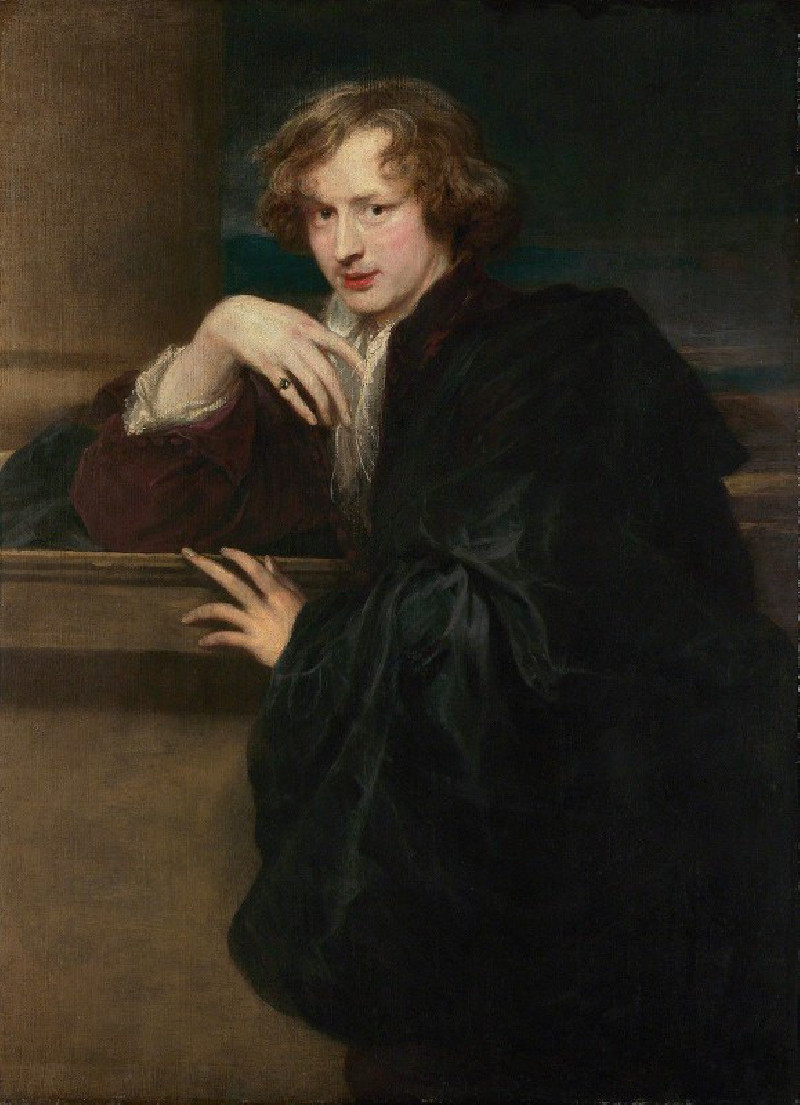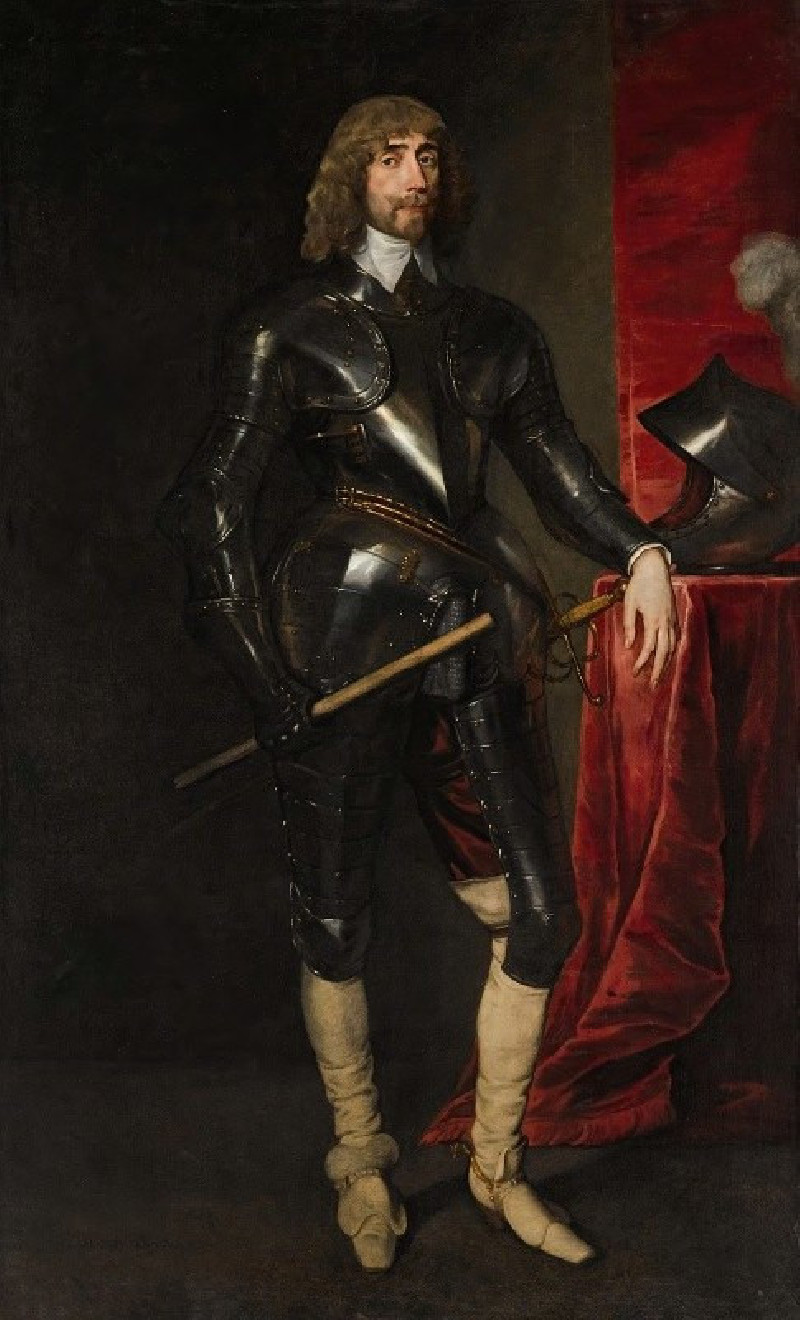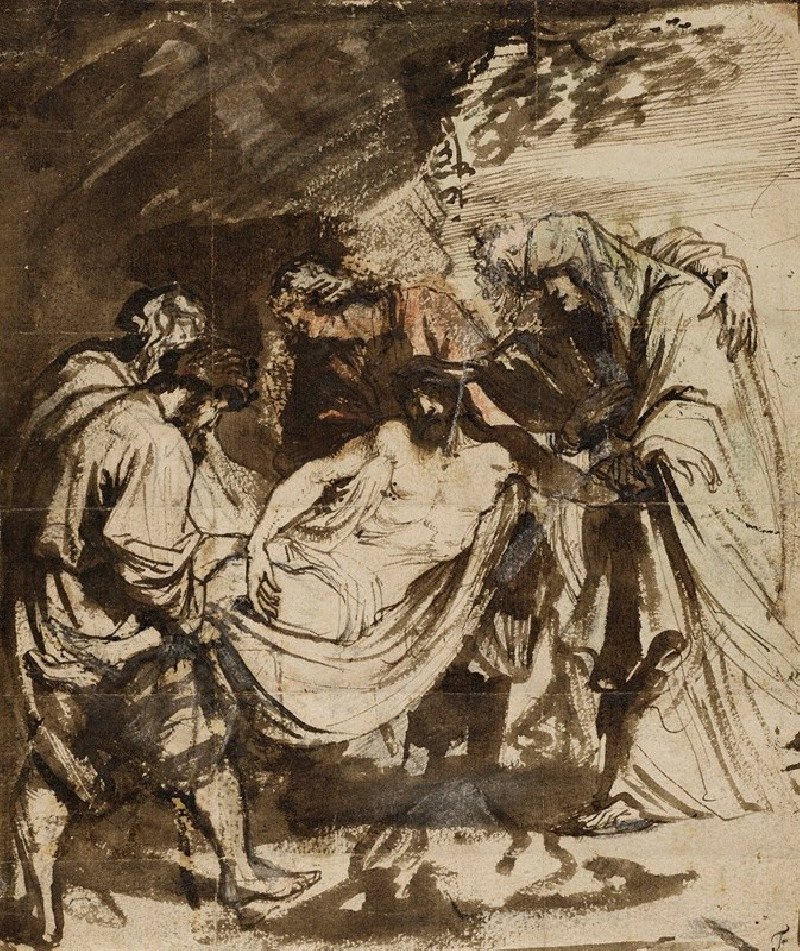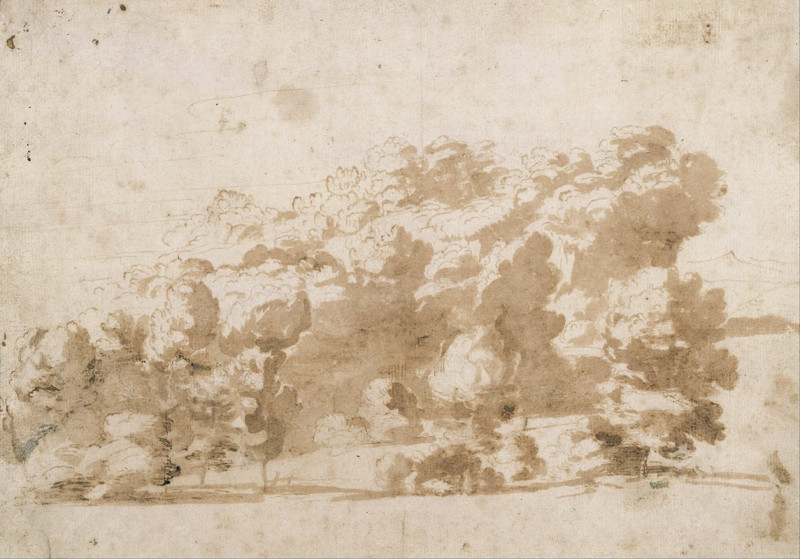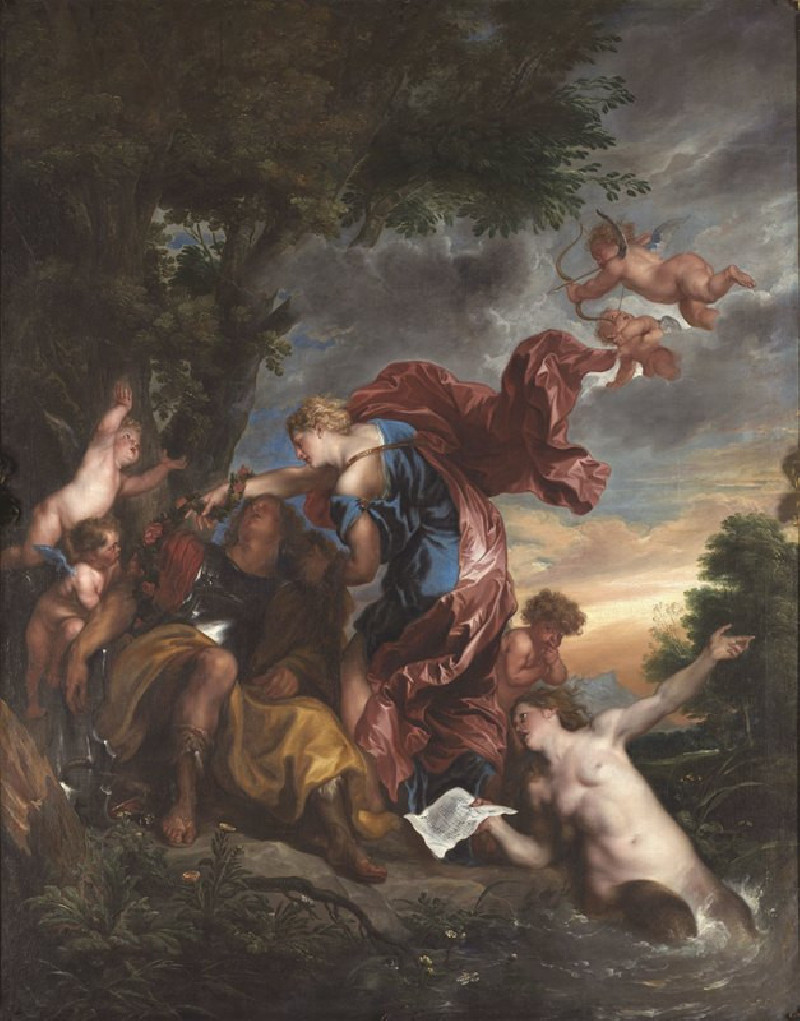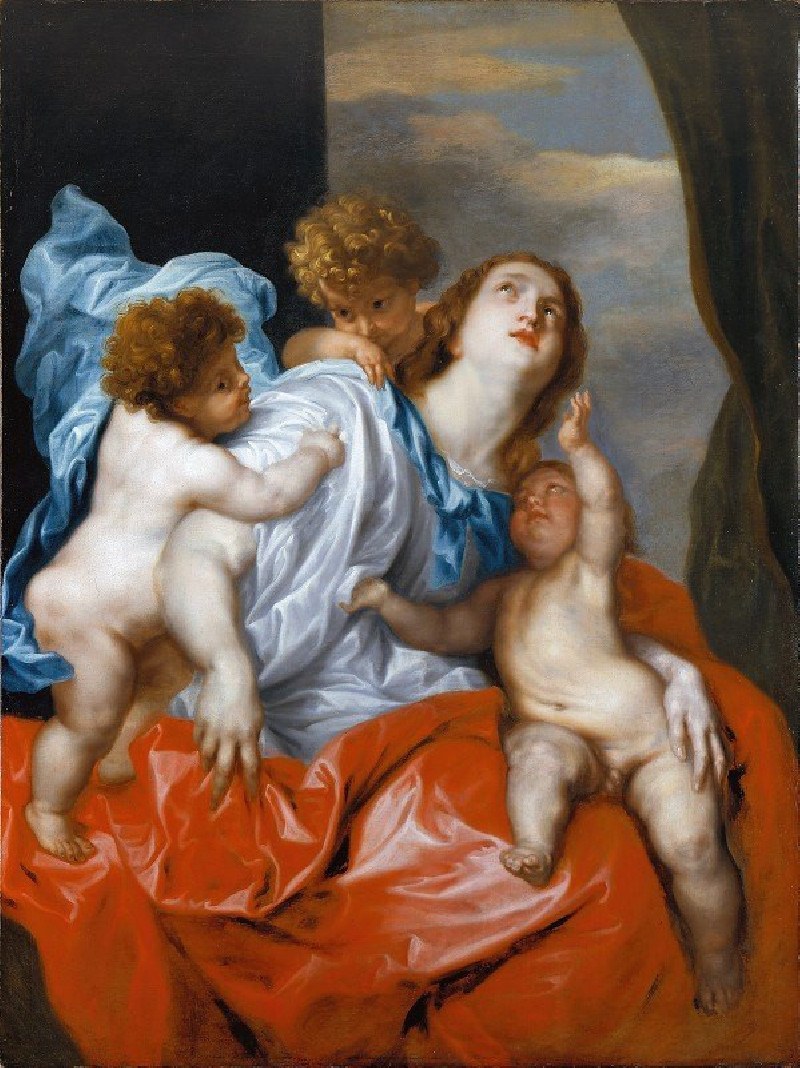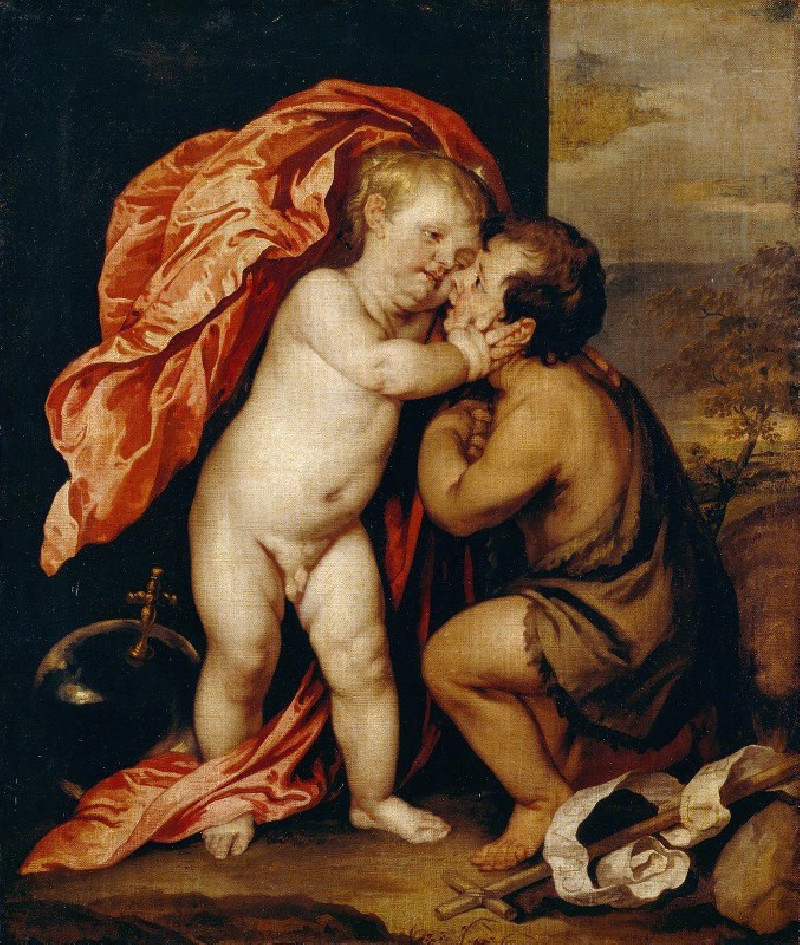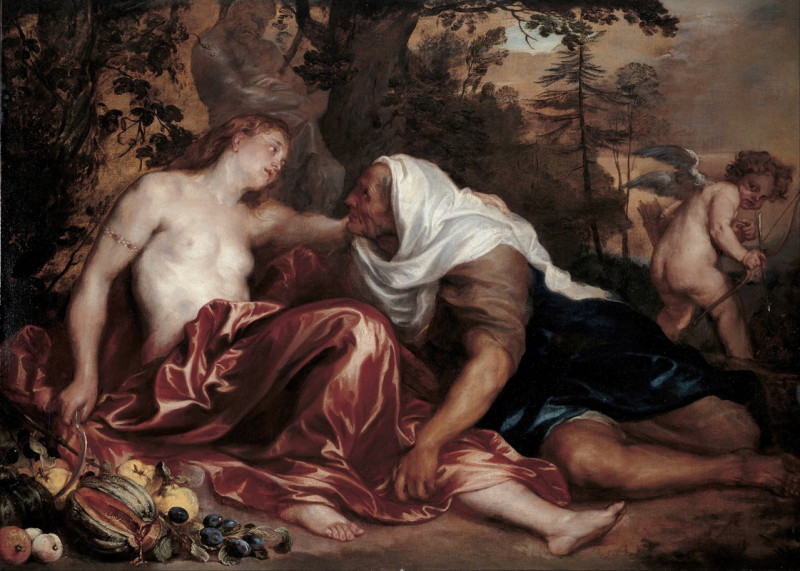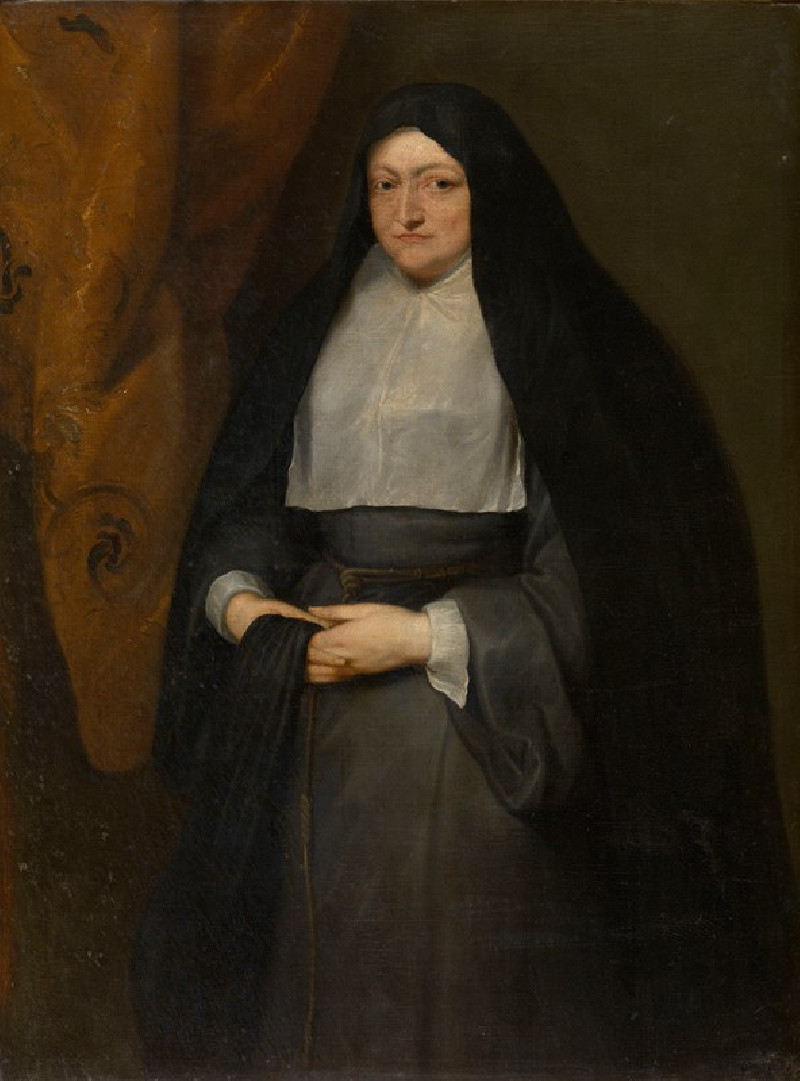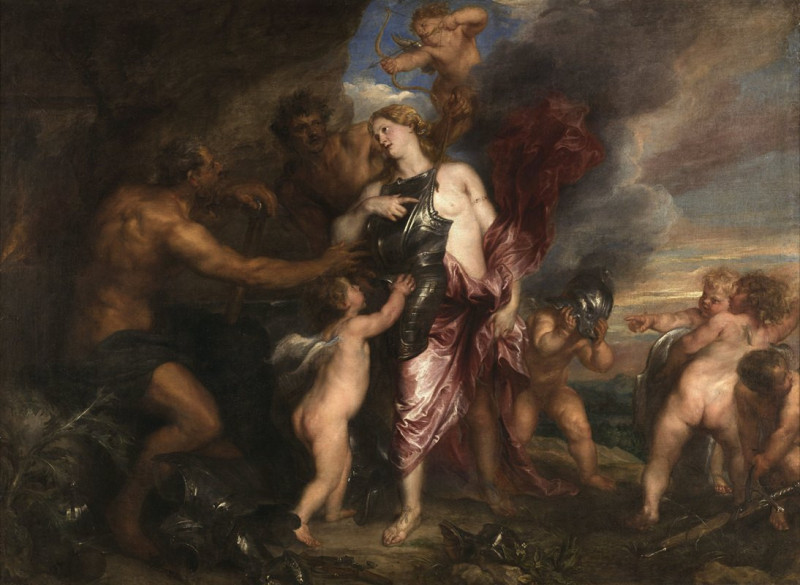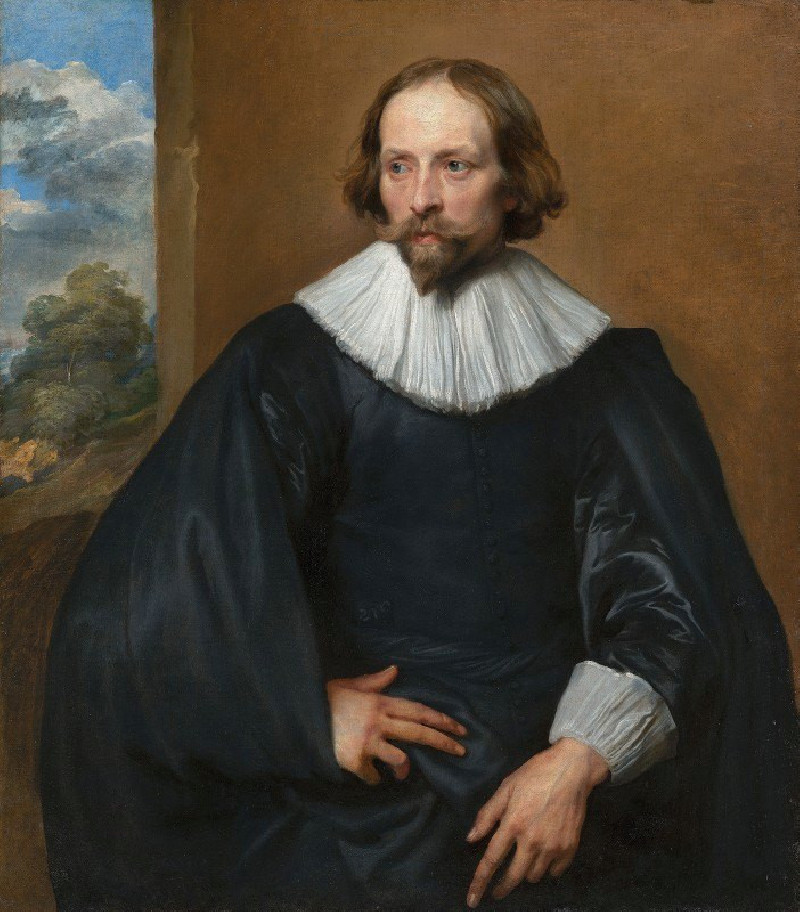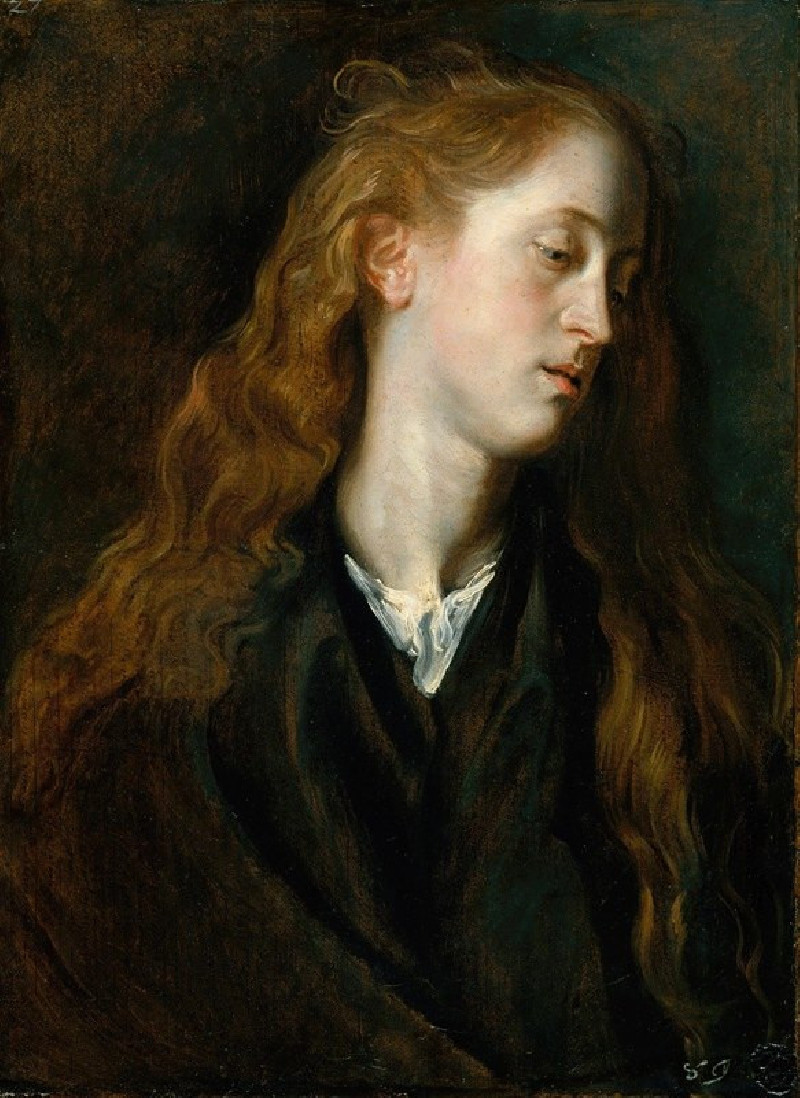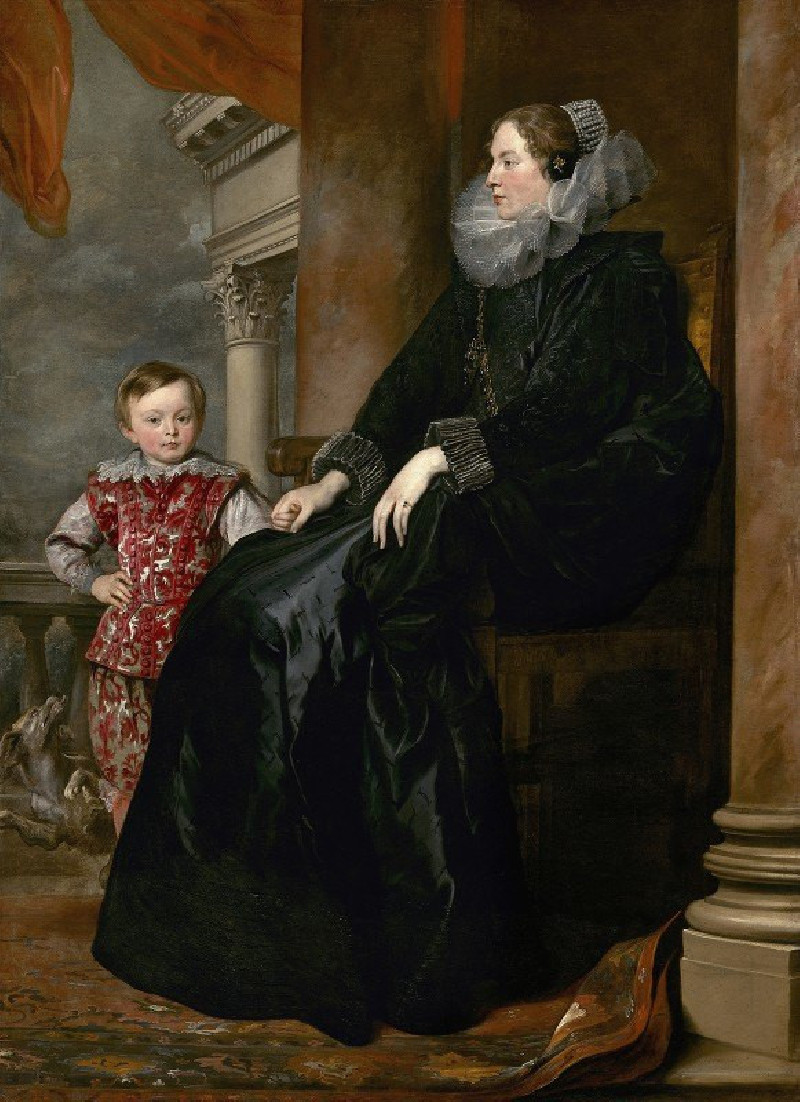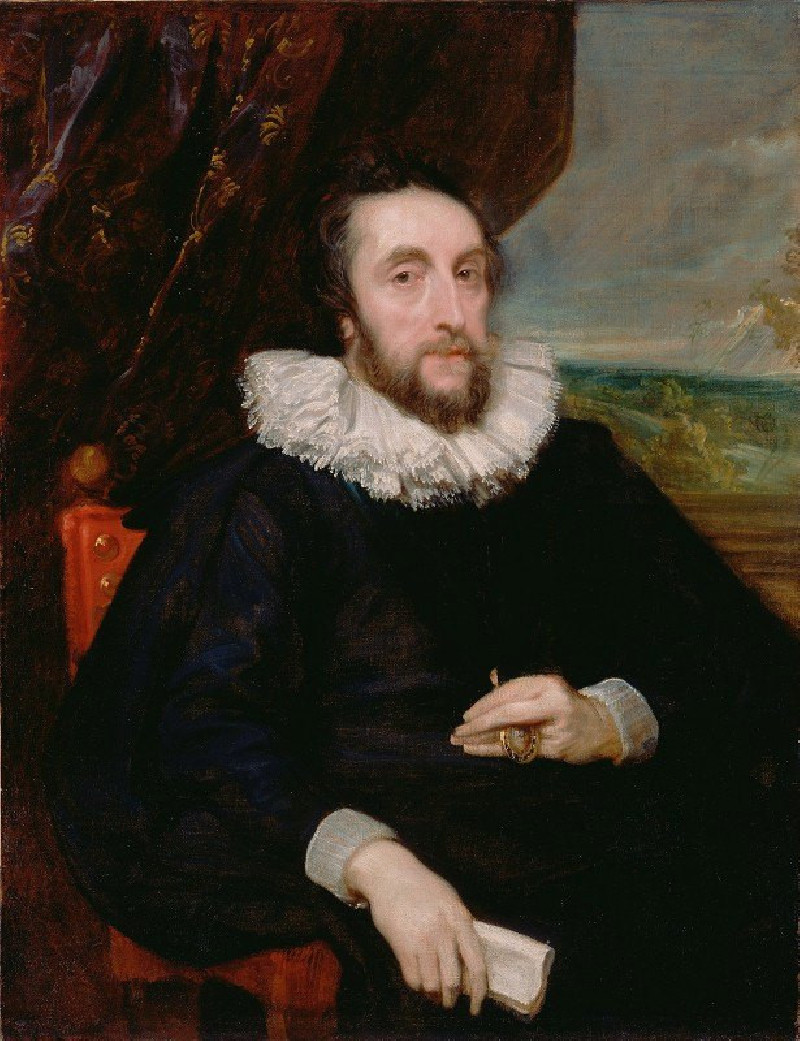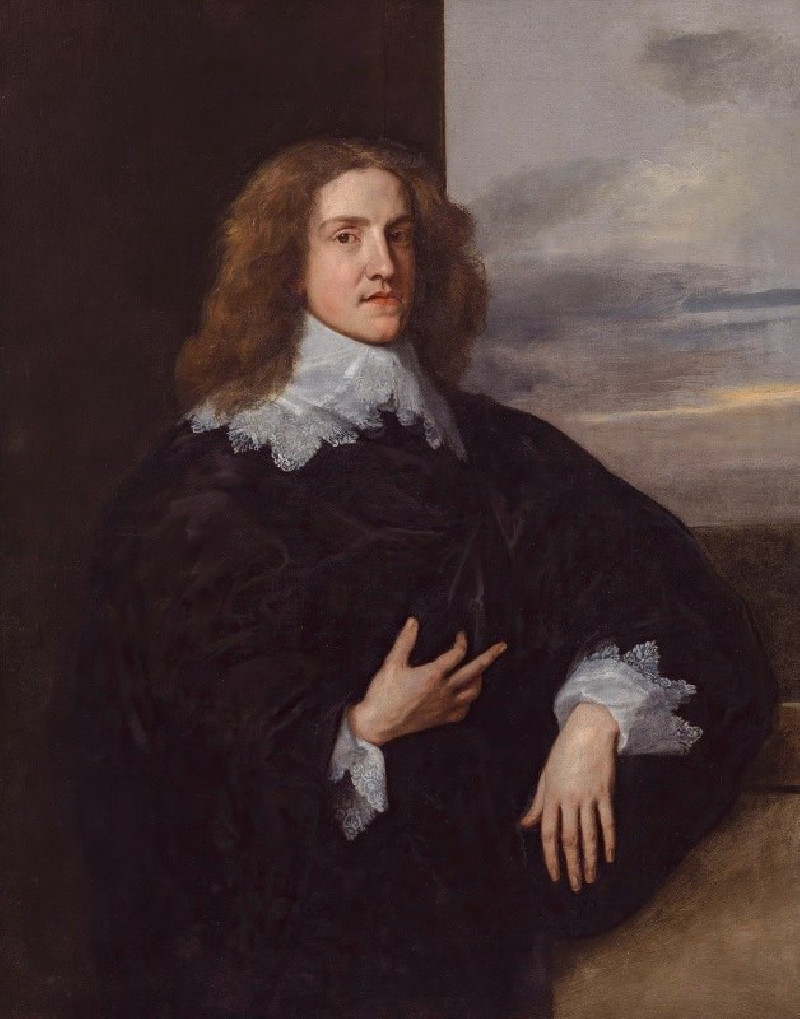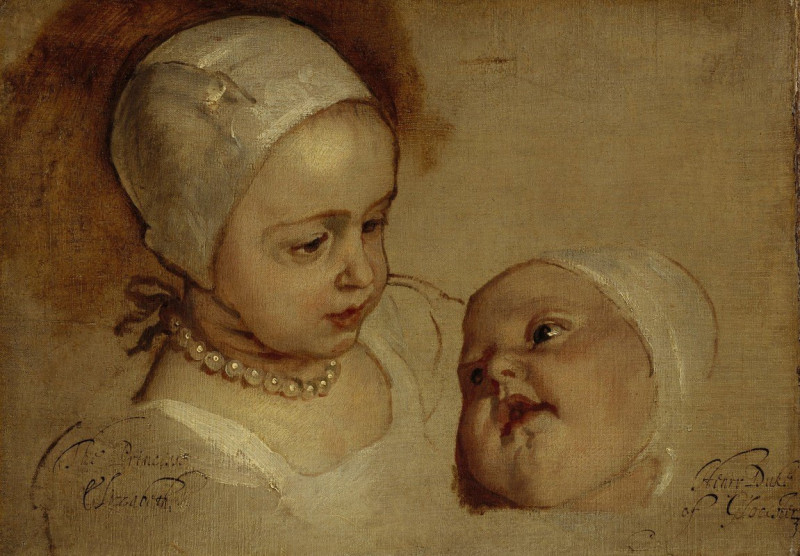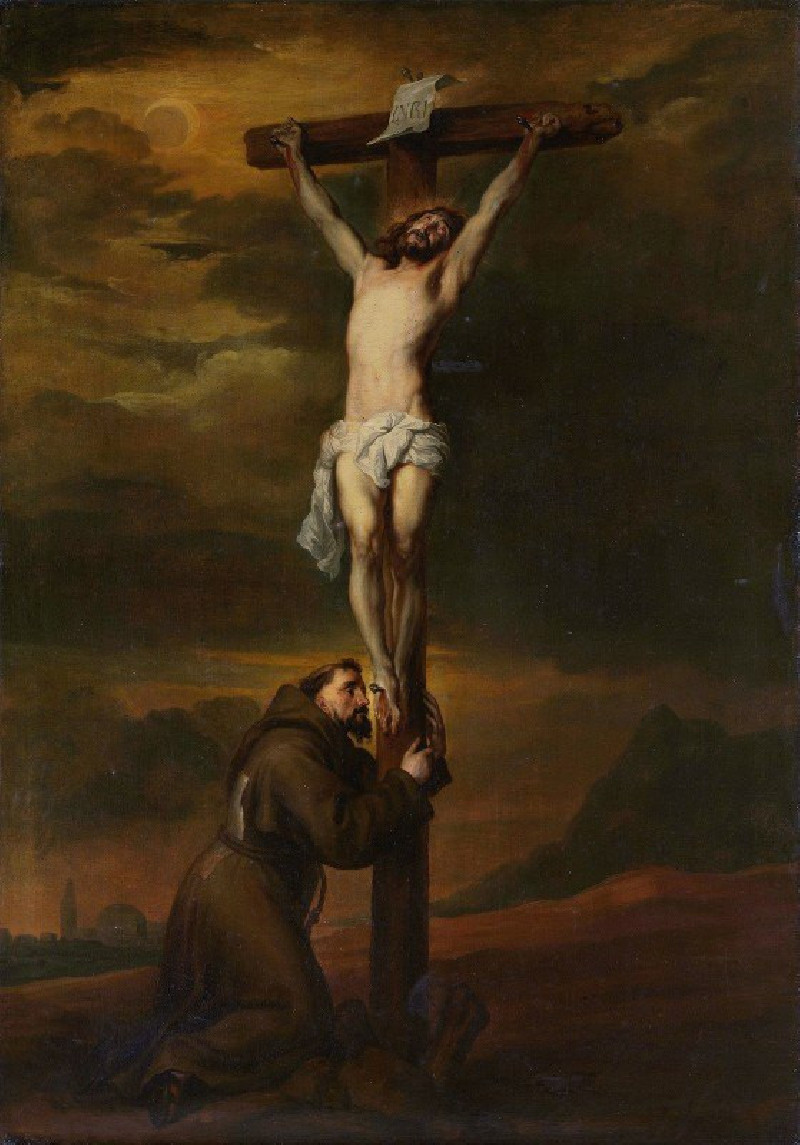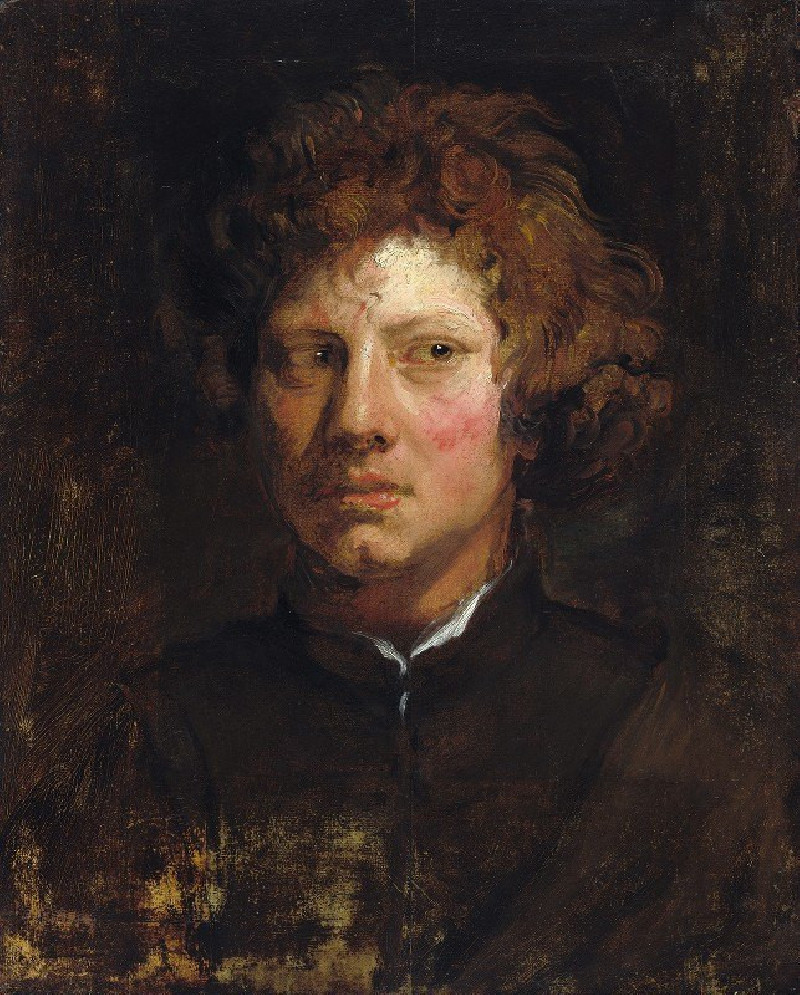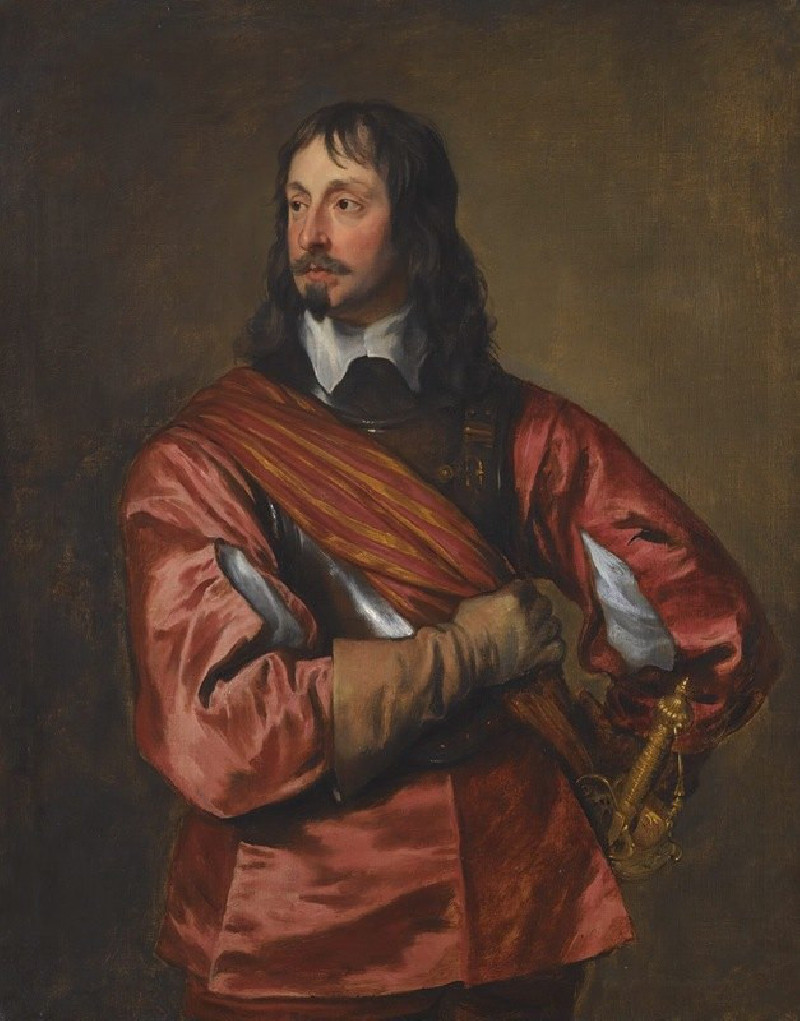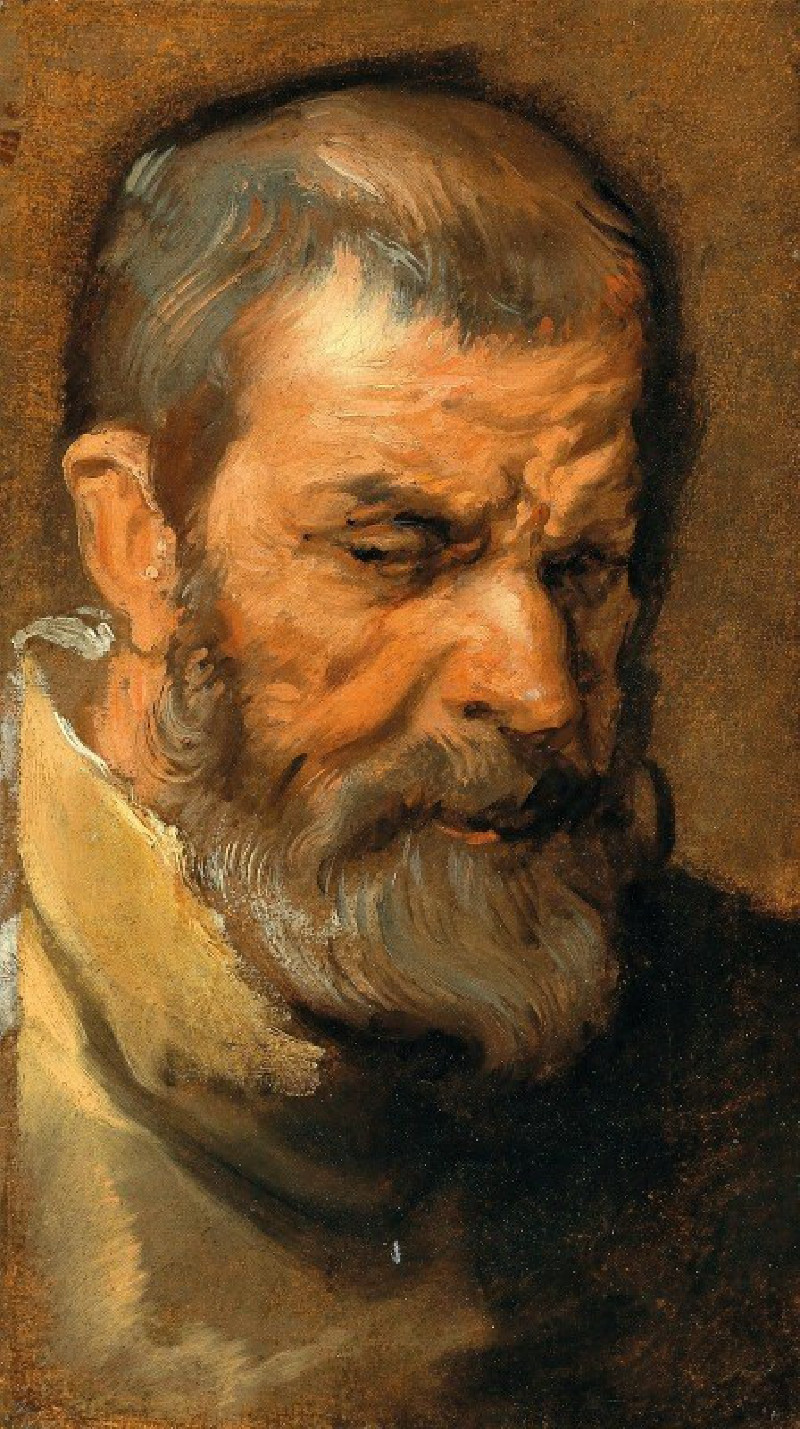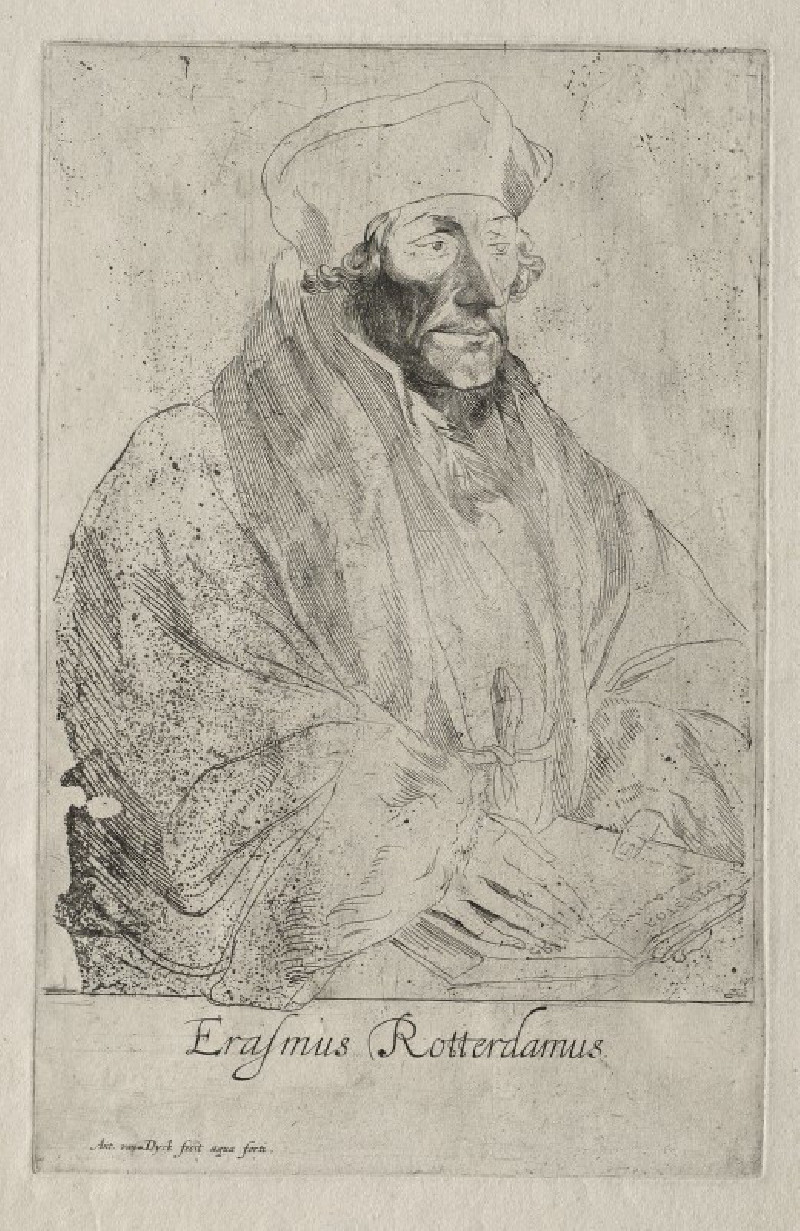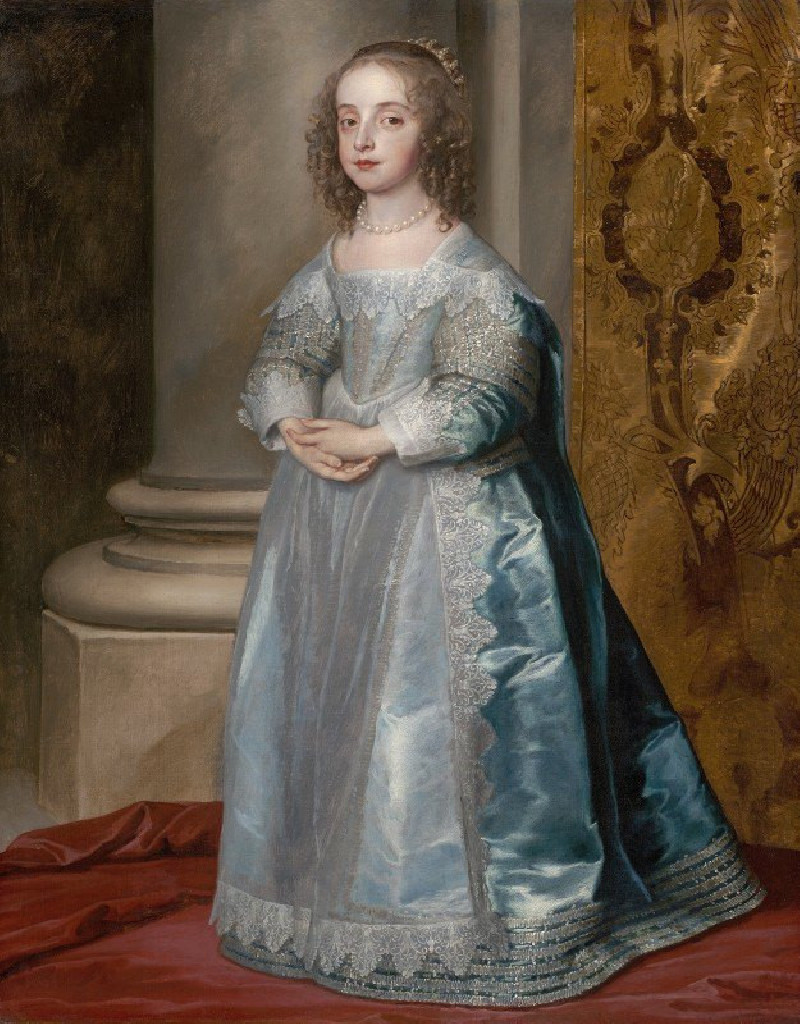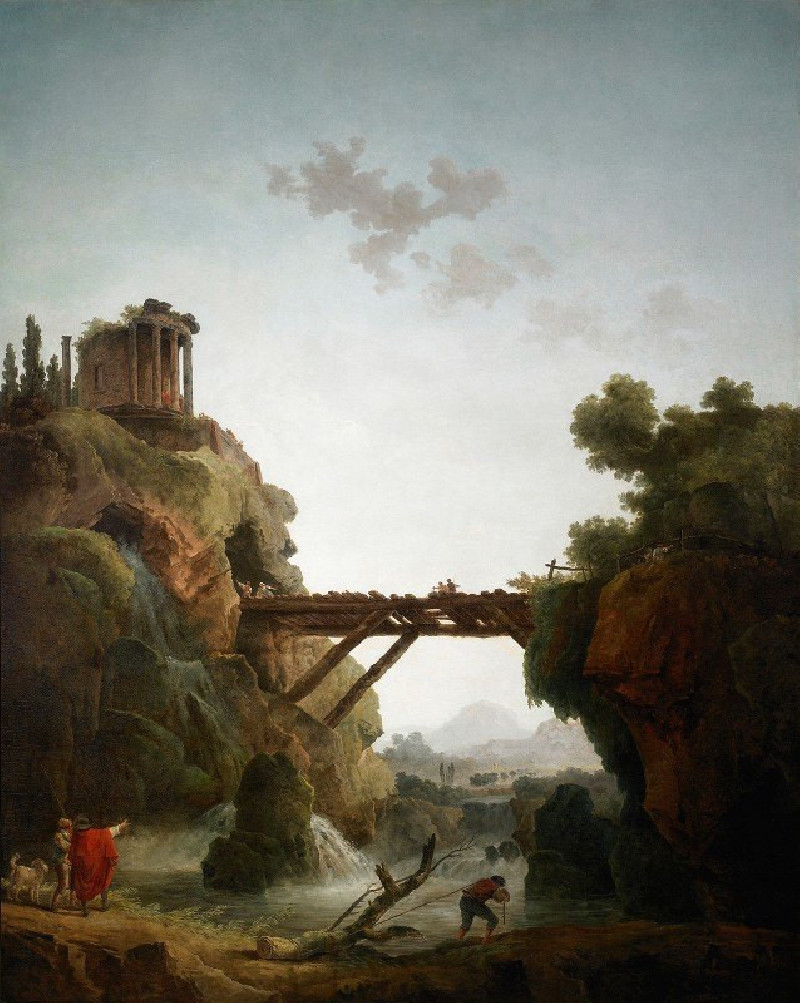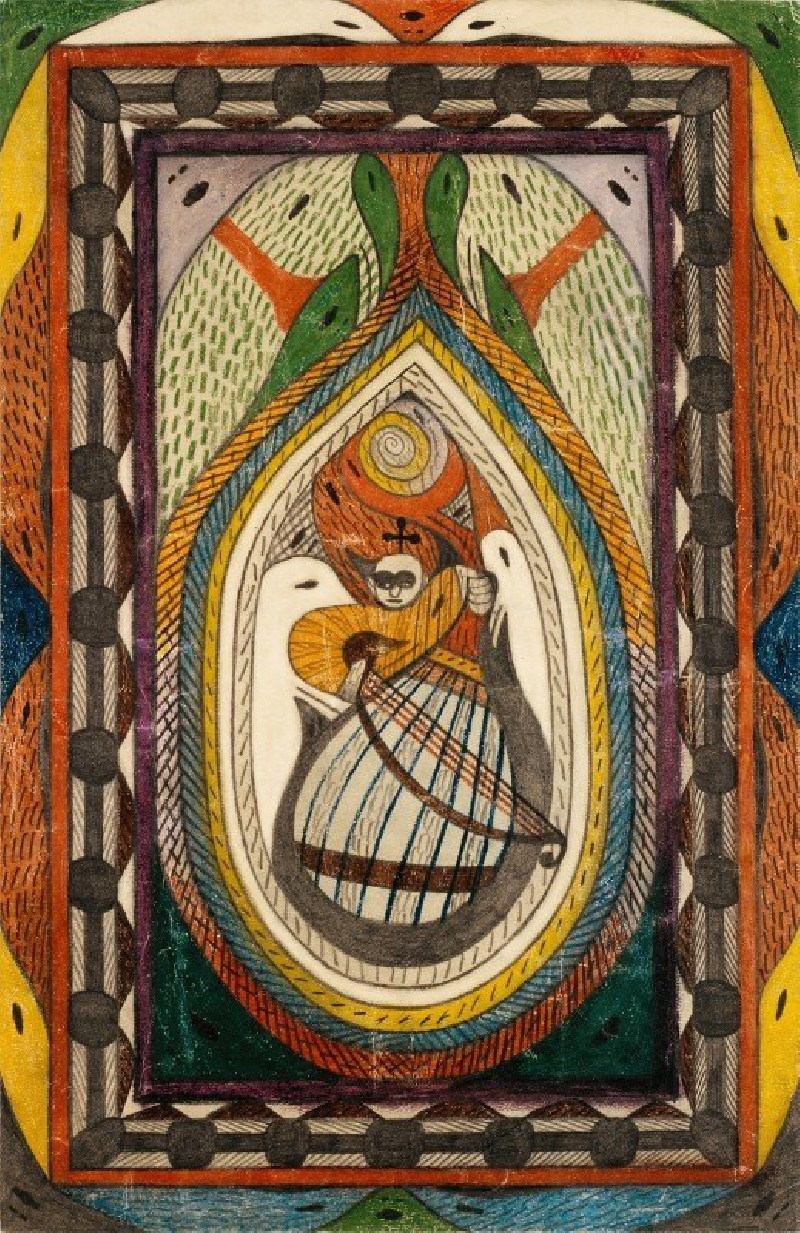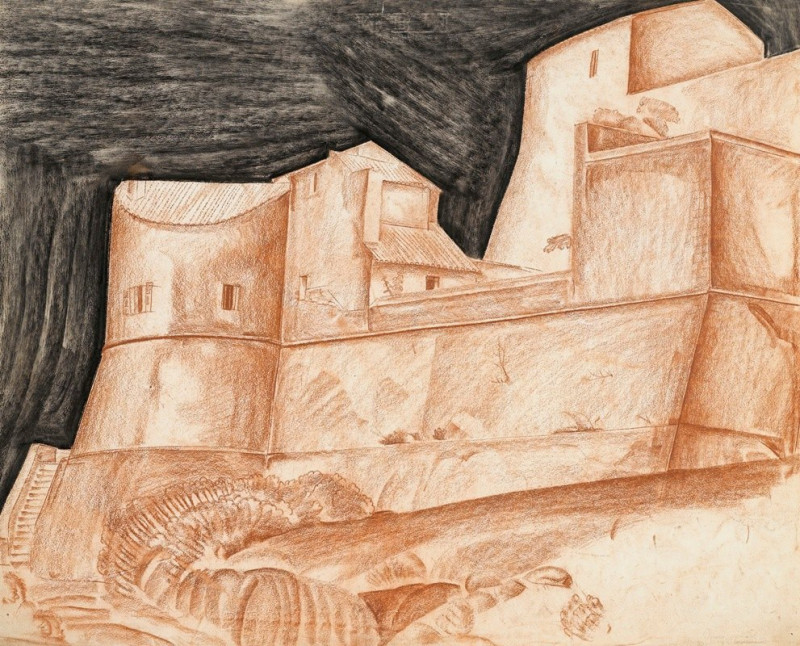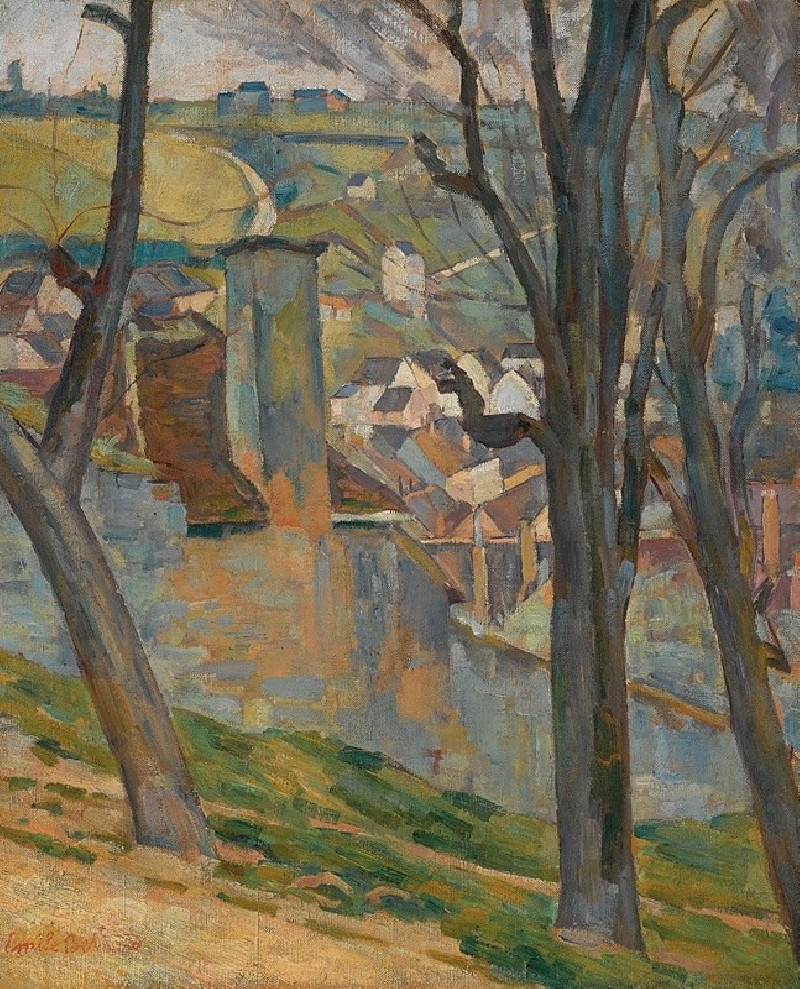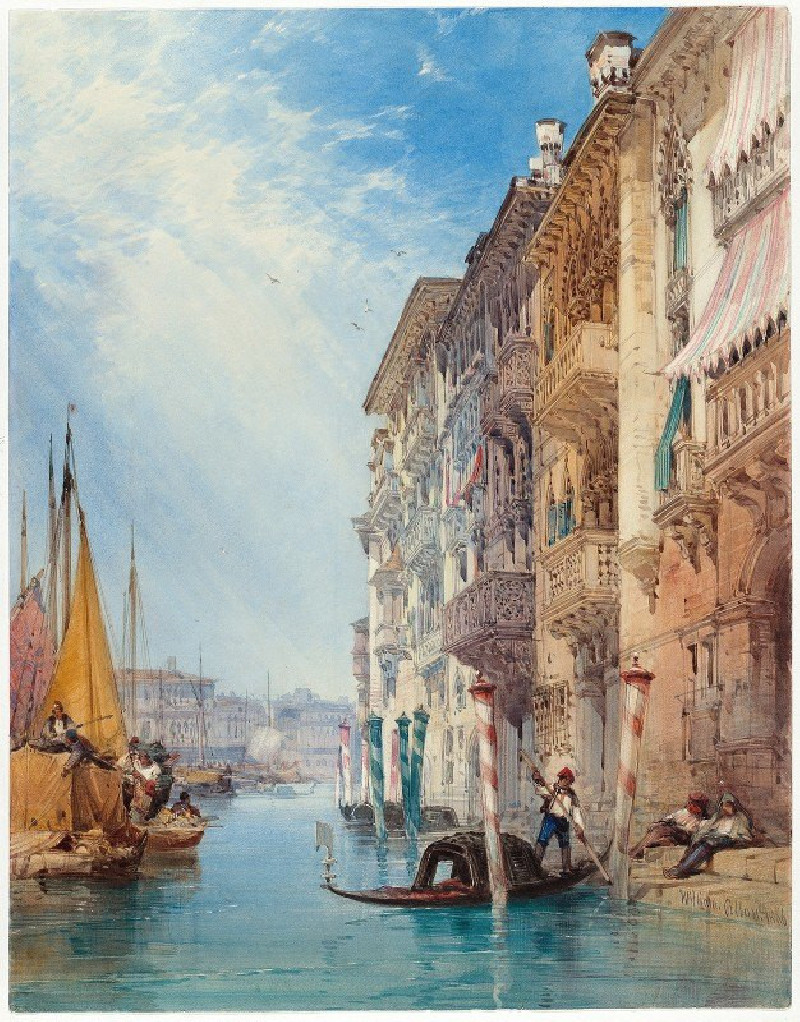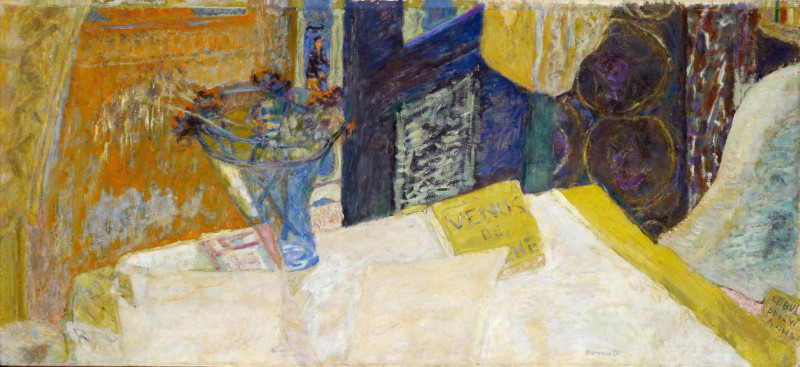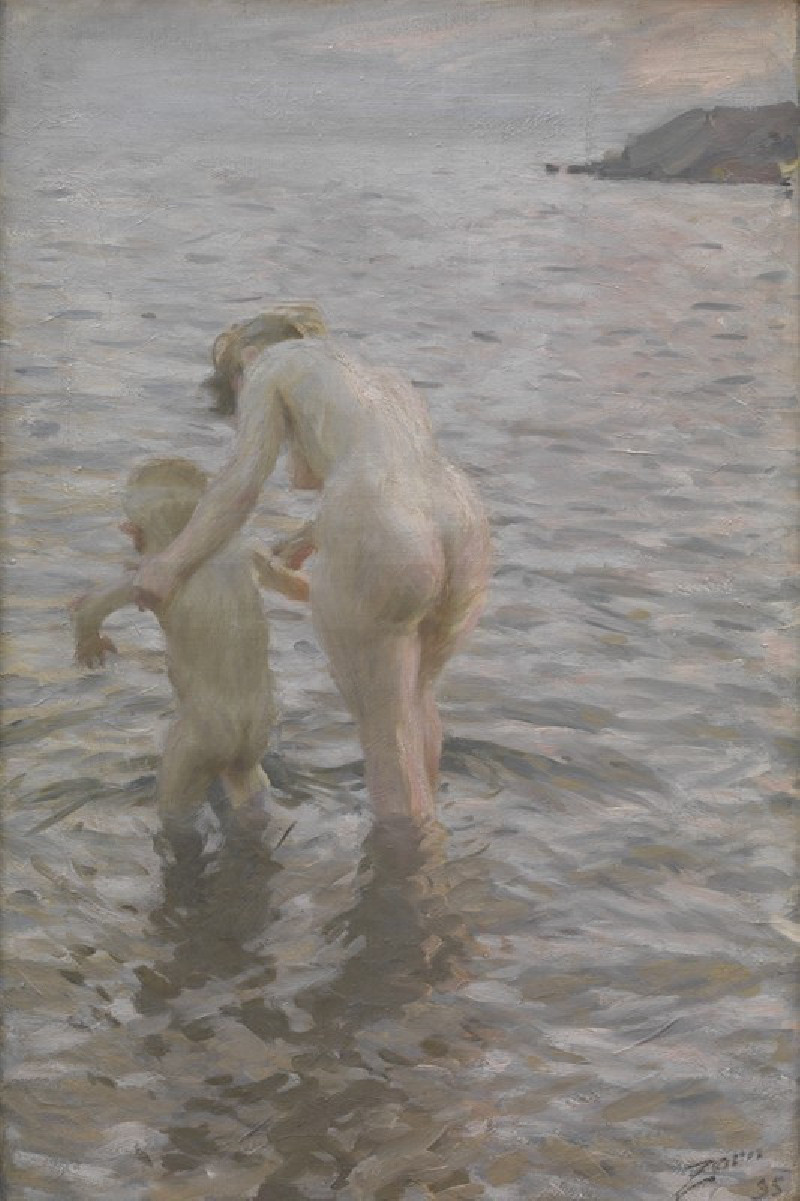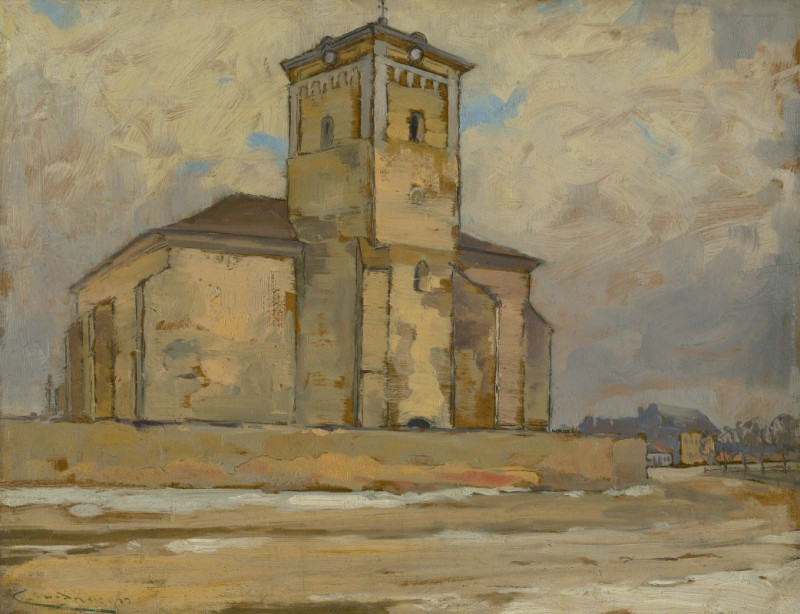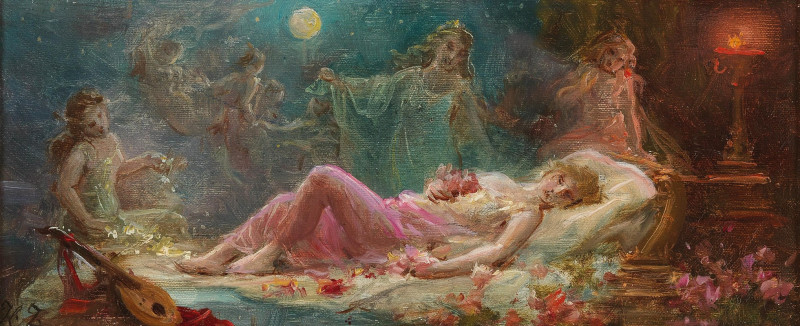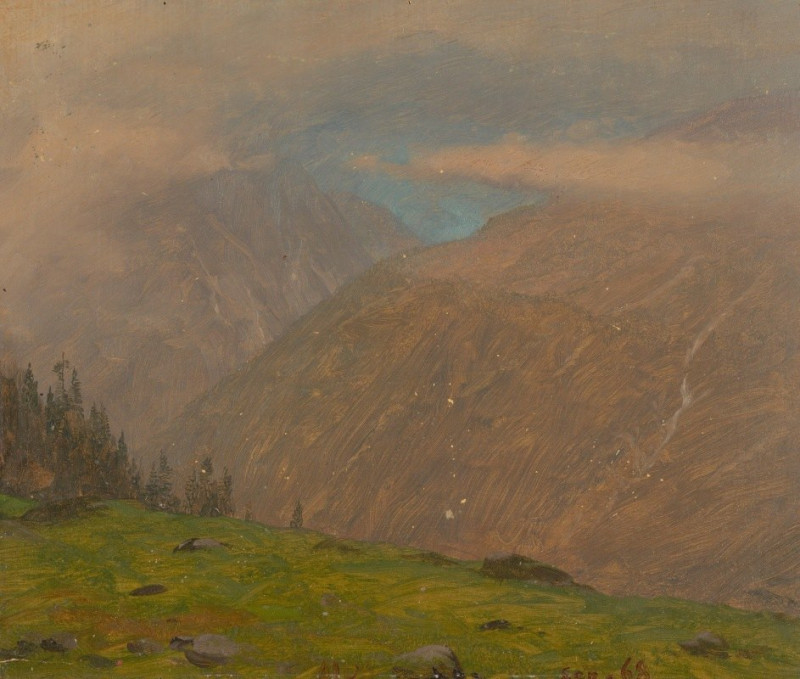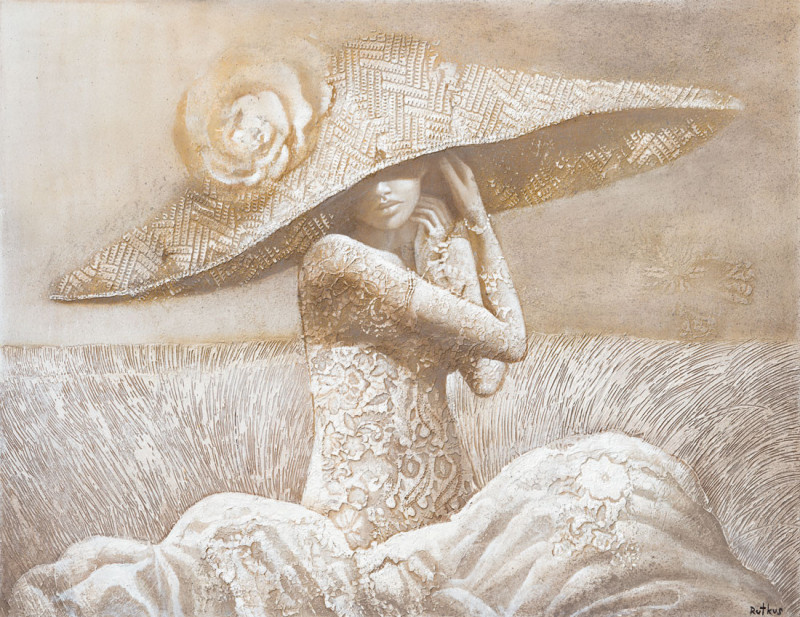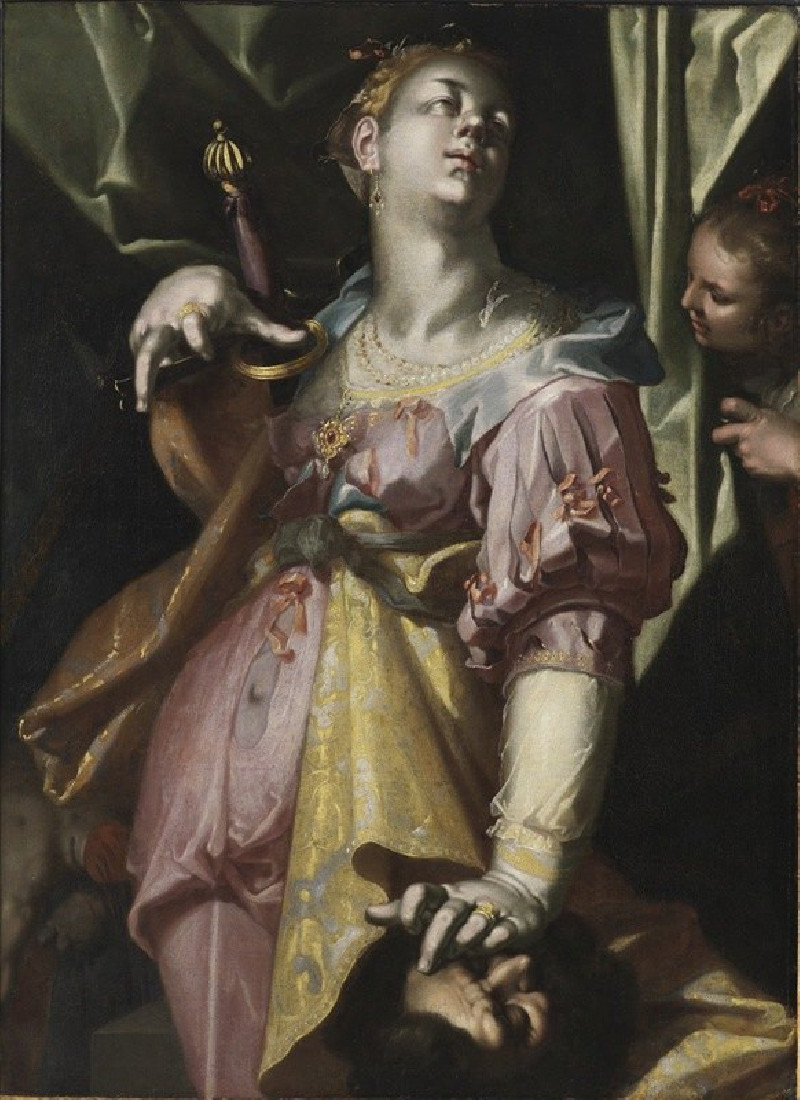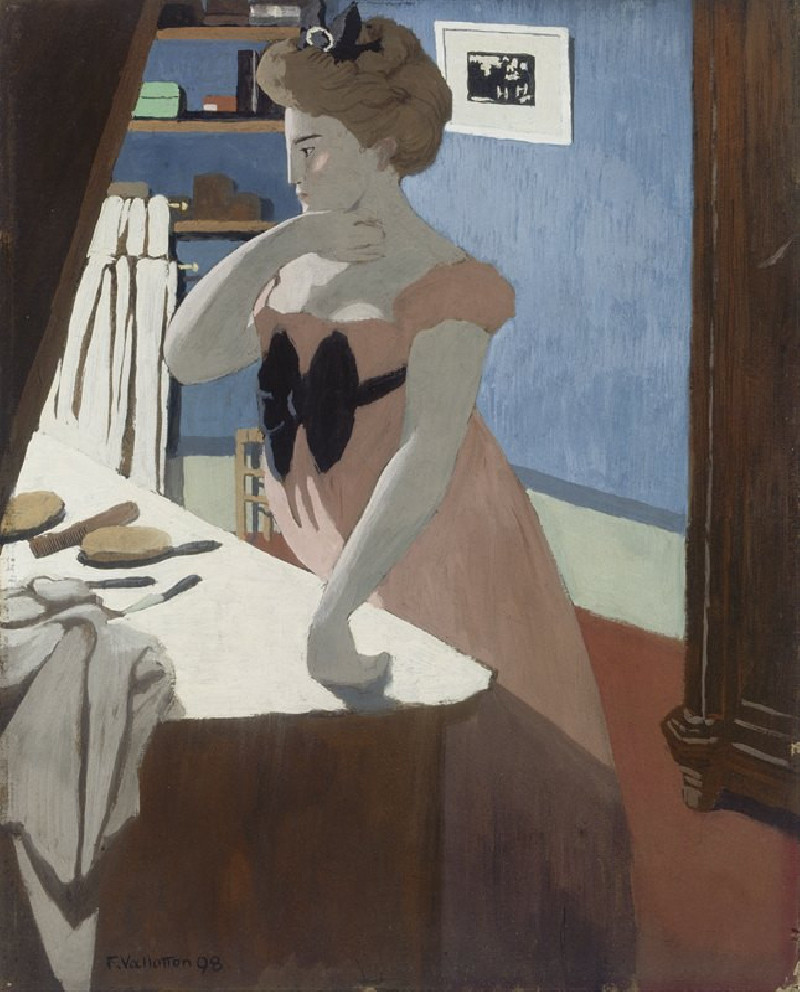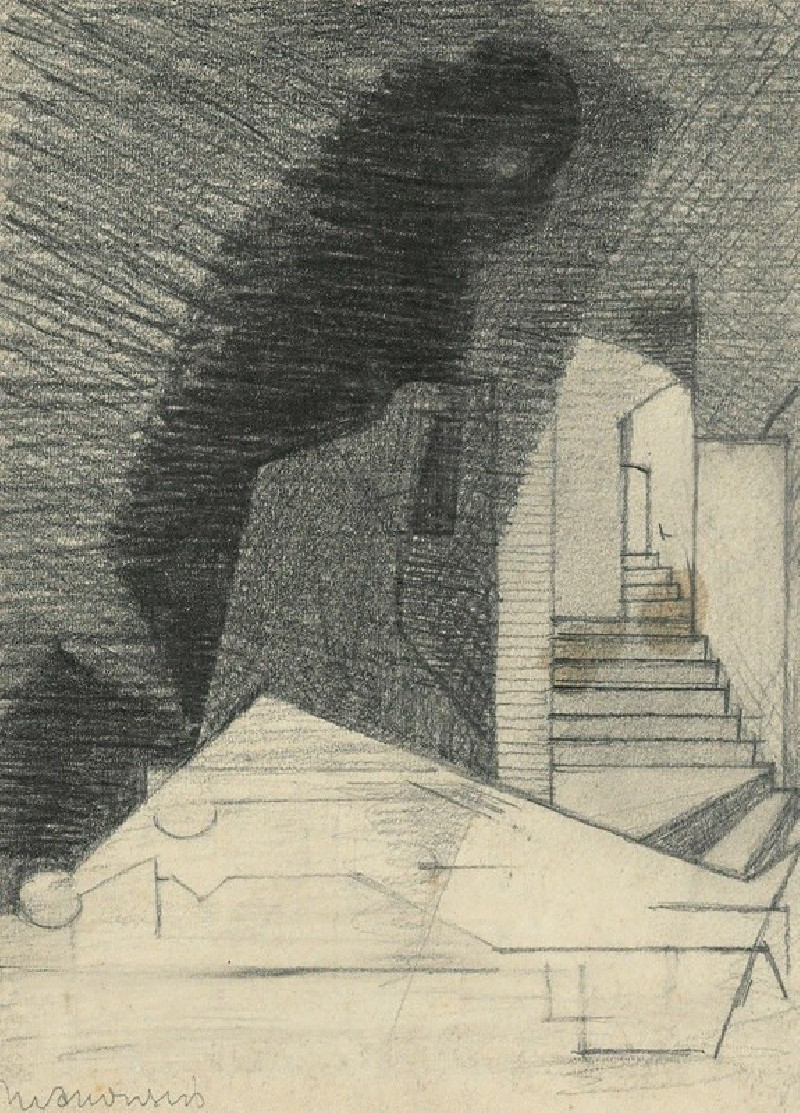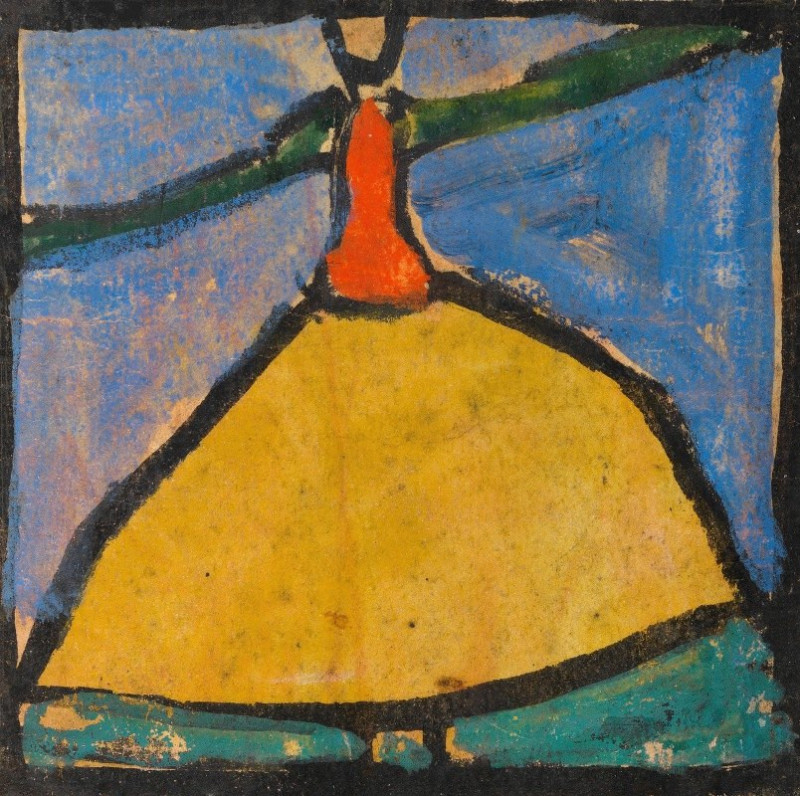Portrait Of A Carmelite Monk, Head And Shoulders
Technique: Giclée quality print
Recommended by our customers
More about this artwork
"Portrait of a Carmelite Monk, Head and Shoulders" by Anthony van Dyck is a striking depiction of a somber yet soulful religious figure. This painting skillfully captures the poignant intensity of the monk's expression, showcasing van Dyck's masterful ability to render human emotions. The monk is dressed in the traditional white robes of the Carmelite order, with a contrasting dark cloak that highlights his solemn facial features.The artist's use of light and shadow brings depth to the monk's weary yet resilient gaze, as his eyes are met with subtle shadows that suggest a life of spiritual contemplation and devotion. The soft, almost fluid brushstrokes give a tender quality to the textures of the cloth around his shoulders, reflecting van Dyck's remarkable talent for portraying fabric and form.This portrait not only serves as a religious representation but also as a human study, inviting viewers to ponder the deeper spiritual journey of the depicted monk. Van Dyck's portrayal transcends time, engaging modern audiences with its timeless expression and emotional resonance.
Delivery
Returns
Sir Anthony van Dyck (1599 – 1641) was a Flemish Baroque artist who became the leading court painter in England after success in the Spanish Netherlands and Italy.
The seventh child of Frans van Dyck, a wealthy Antwerp silk merchant, Anthony painted from an early age. He was successful as an independent painter in his late teens, and became a master in the Antwerp guild in 1618. By this time he was working in the studio of the leading northern painter of the day, Peter Paul Rubens, who became a major influence on his work.



